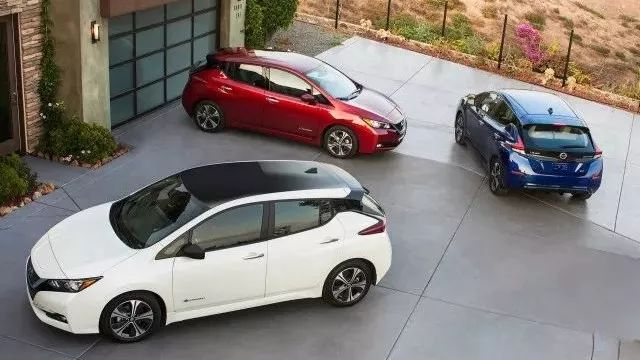A few days ago, EPA officially announced the latest range of Nissan Leaf, which is 151 miles.
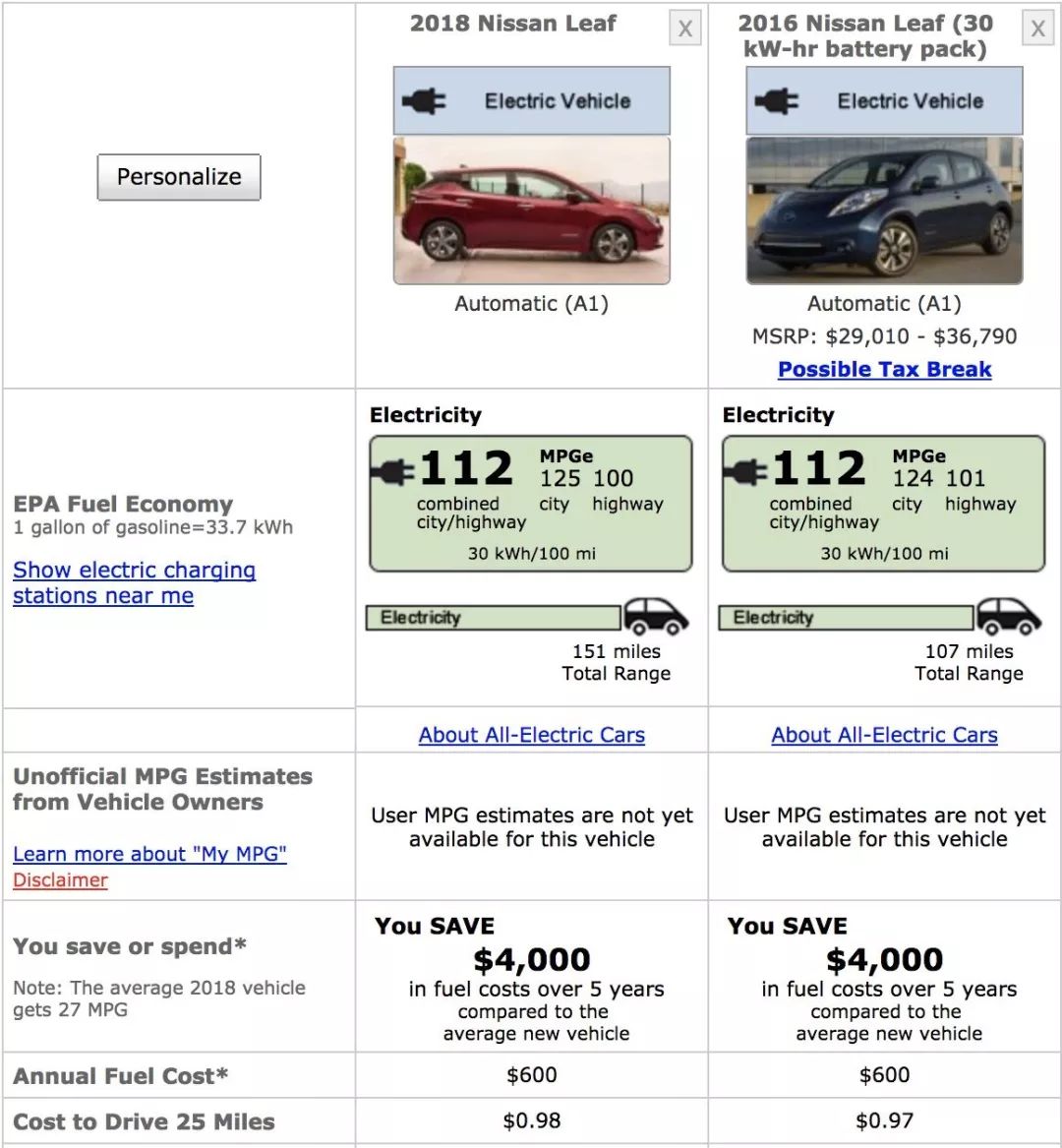
Compared with Nissan’s previous estimate, it is only one mile more. It is equivalent to 243 kilometers and has basically no deviation.
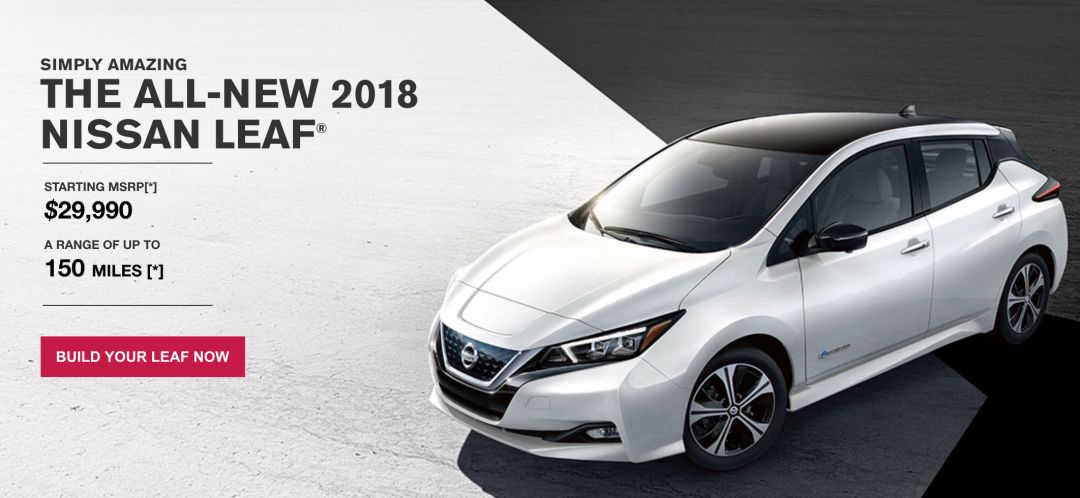
However, surprisingly, the Nissan USA website has not been updated yet. “150 miles” next to the range has an asterisk, indicating that it is an estimated value. This is similar to the reaction speed of Tesla’s official website in China.
Leaf’s battery is provided by AESC, a joint venture between Nissan and NEC. Last year, Nissan sold its shares to China’s GSR Ventures to let the battery business develop independently and not be tied to the Nissan brand, which could cause problems such as cost control. Sounds familiar?
Hmm, it seems that BYD thinks the same way.
Generally, the official website of a manufacturer will not tell you the core parameters of the battery, but we cleverly found the latest published energy density parameters on AESC’s Japanese website.
According to AESC’s official website, the new battery cell is 261 mm long, 216 mm wide, 7.91 mm thick, with a capacity of 56.3 Ah, a volumetric energy density of 460 Wh/L, and a weight energy density of 224 Wh/kg.
At the same time, according to foreign media reports, this battery cell uses NCM 622 (nickel-cobalt-manganese) materials.
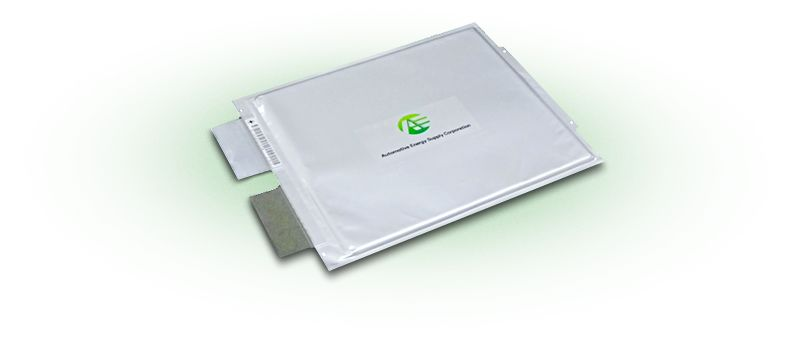
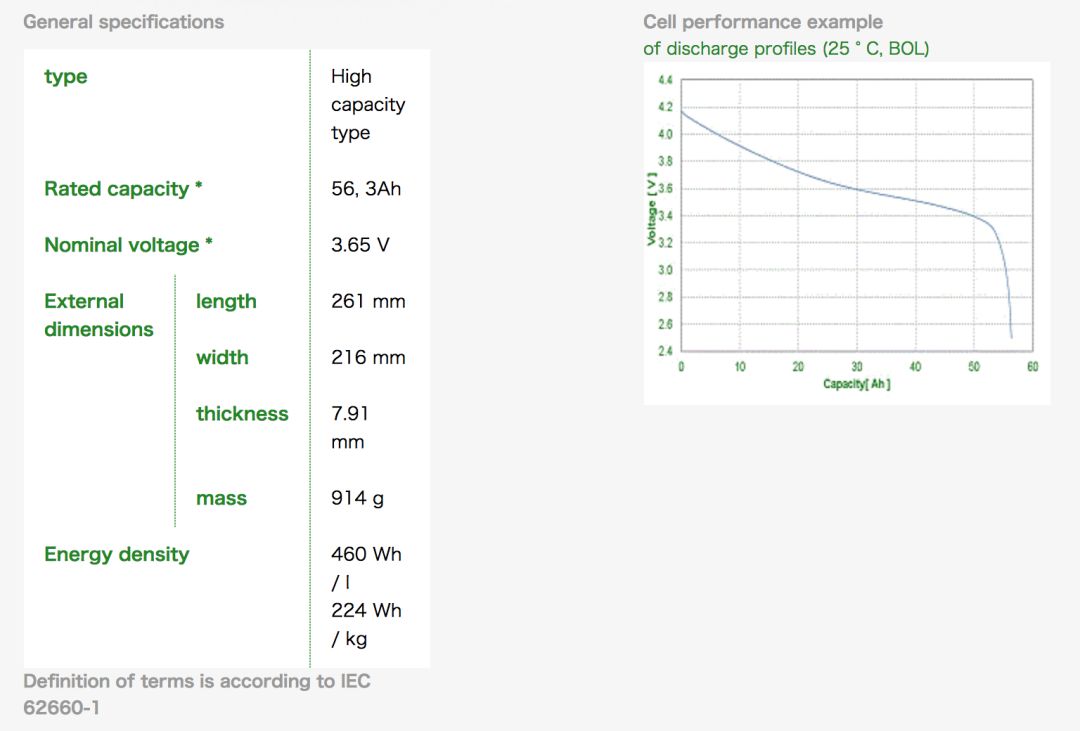
Let’s review the energy density of the old Leaf battery cell, which was 157 Wh/kg. The current 224 Wh/kg is already a significant improvement.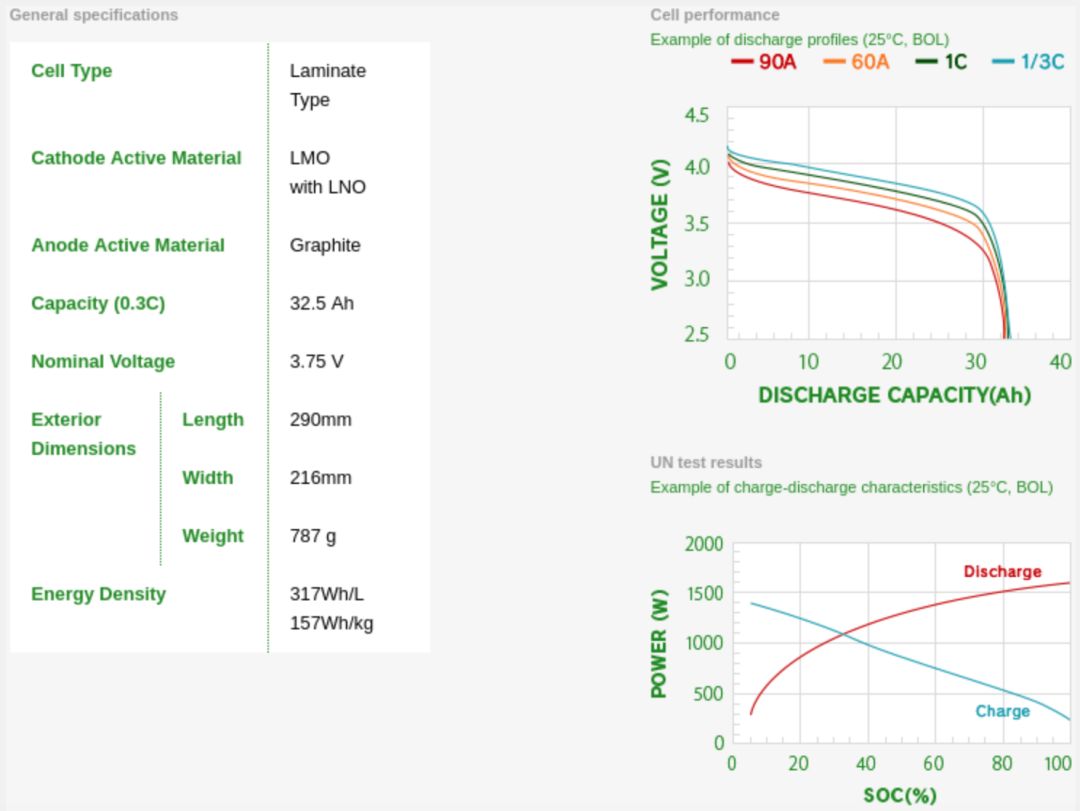
Each battery module consists of 8 cells, in total there are 24 modules, which means there are 192 cells in total. The number of cells is the same as the old model, but in the old model each module has 4 cells, resulting in a total of 48 modules.
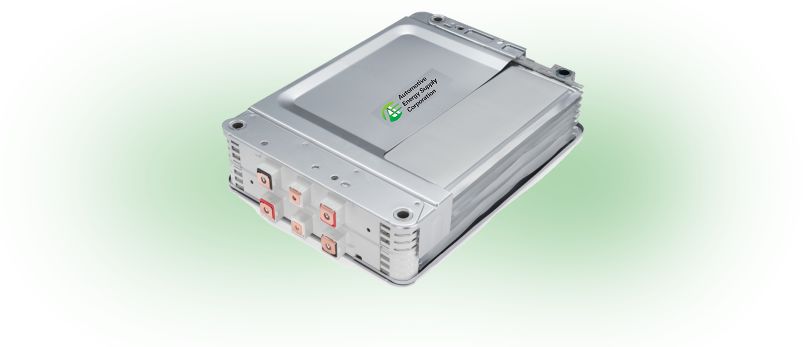
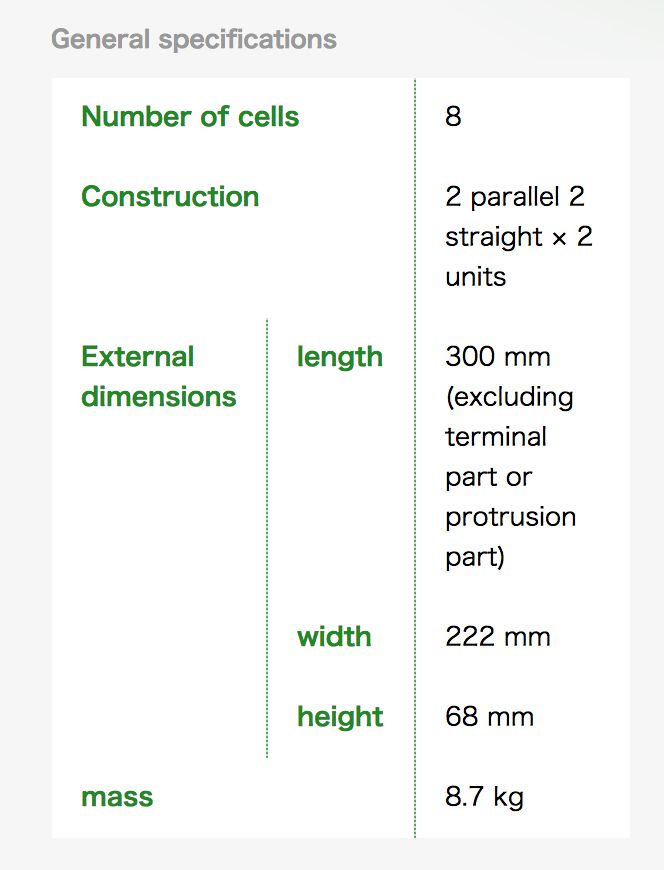
Based on the individual cell specification, let’s calculate the capacity of the entire battery.
192 x 3.65 V x 56.3 Ah = 39.46 kWh
This means that the true capacity of the latest Leaf battery is 39.46 kWh, which is not significantly different from the announced 40 kWh.
For cost reasons, Nissan still uses the original battery pack structure, but replaces the old cells with higher energy density cells.
However, compared to the Model 3 and Bolt, which already have battery capacities exceeding 50 kWh and a range exceeding 200 miles according to EPA, the Leaf’s performance falls behind. The global sales of Leaf also decreased from around 52,000 in 2016 to 47,000 in 2017. It is difficult to say whether Nissan’s conservative strategy will bring it to a tipping point.
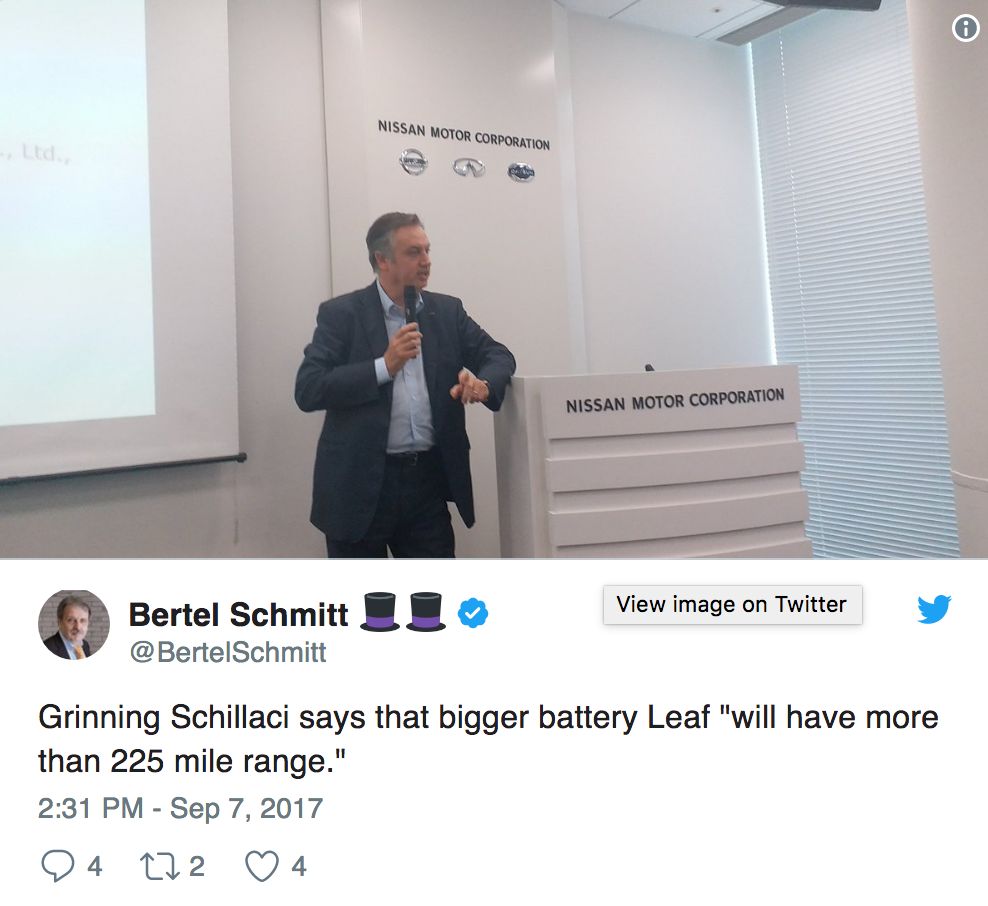
According to foreign media reports and Twitter leaks, Nissan will release a new Leaf model with a 60 kWh battery and a range over 225 miles (EPA) next year.
Meanwhile, at the end of this year, Mercedes-Benz may adopt SK innovation’s NCM 811 cells.The frequency of battery upgrades and replacements may become more frequent in the next two years, whether it is due to proactive replacement or passive defense. Consumers also need to carefully consider the impact of battery capacity and range when choosing electric vehicles.
Renault’s battery leasing model makes battery upgrades more convenient and may be a good choice.

-
How did Renault Zoe become the best-selling electric car in Europe through battery leasing?
-
How strong is Tesla’s battery life?Click here to view the article in Chinese

This article is a translation by ChatGPT of a Chinese report from 42HOW. If you have any questions about it, please email bd@42how.com.
